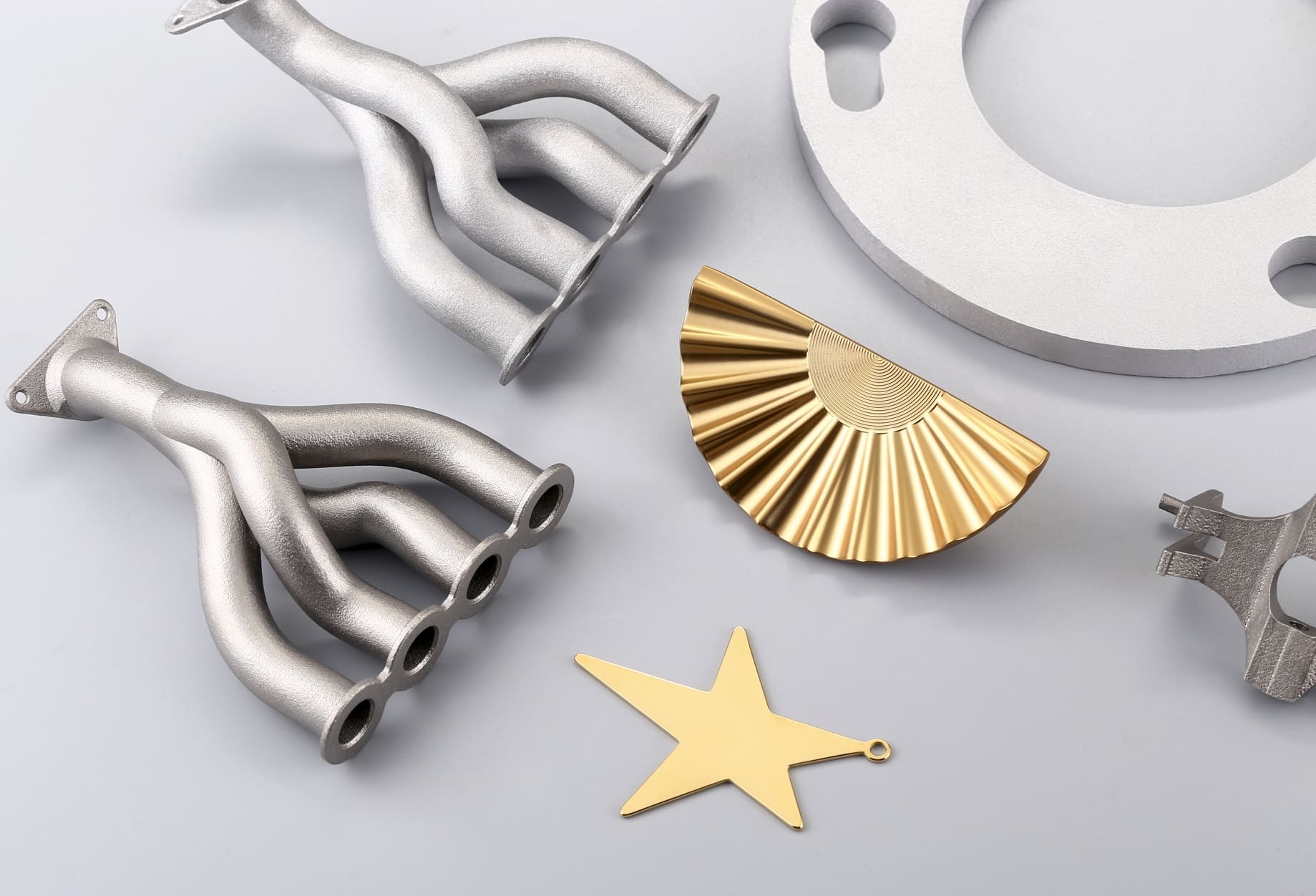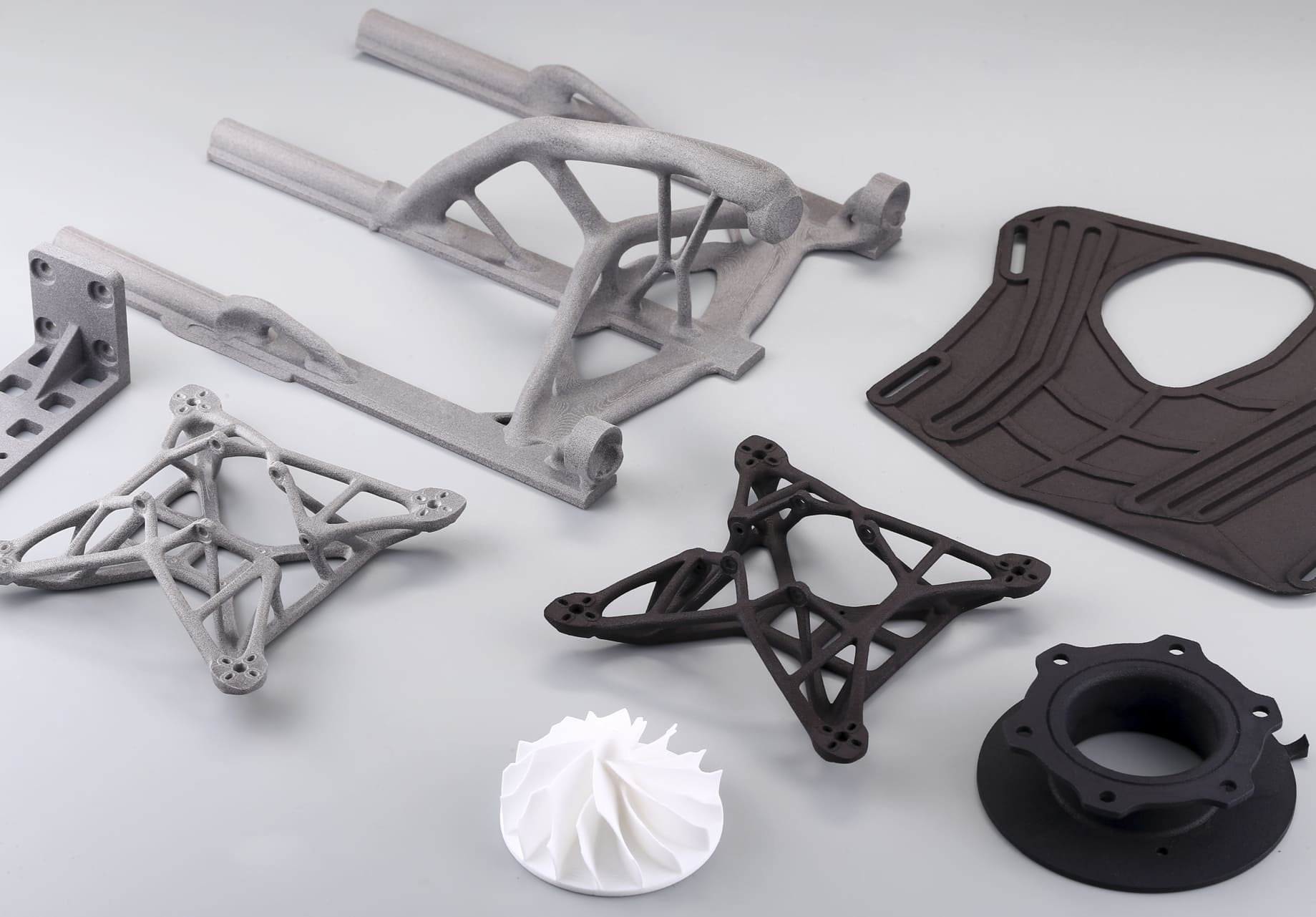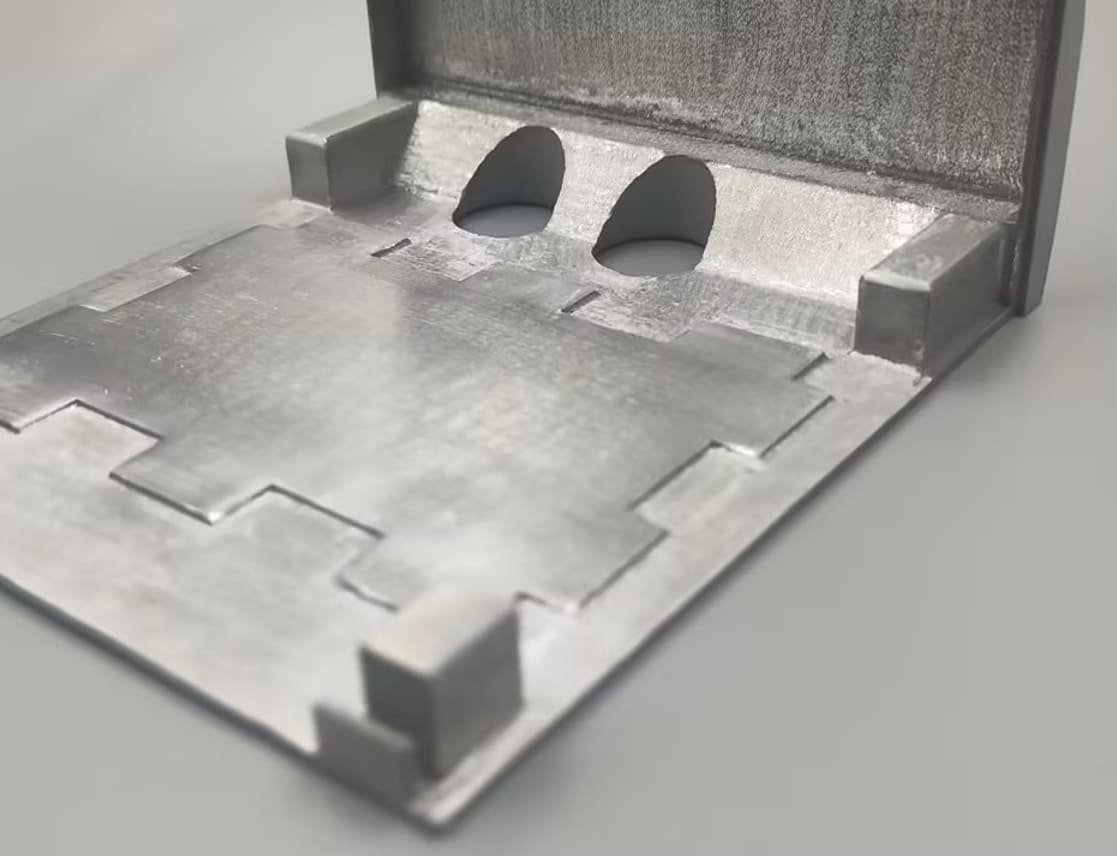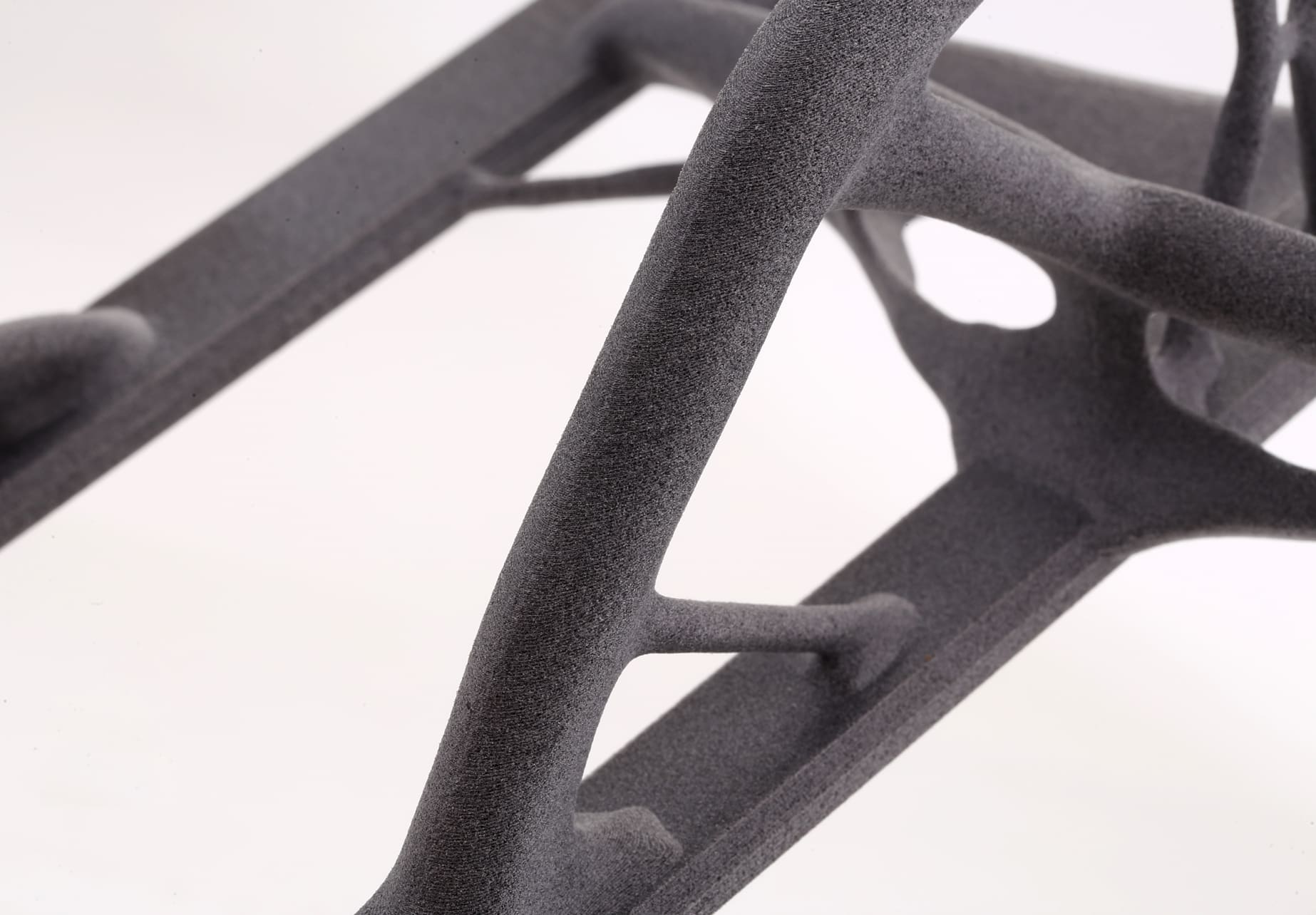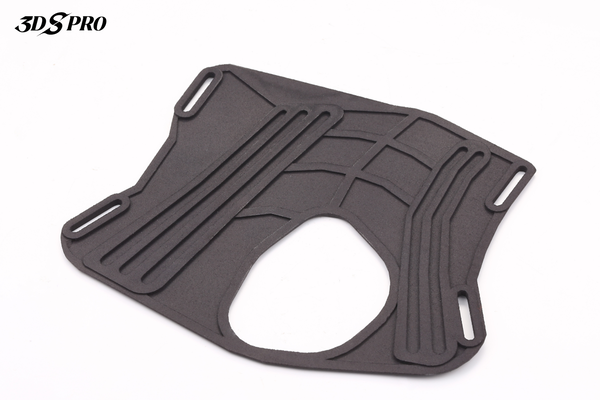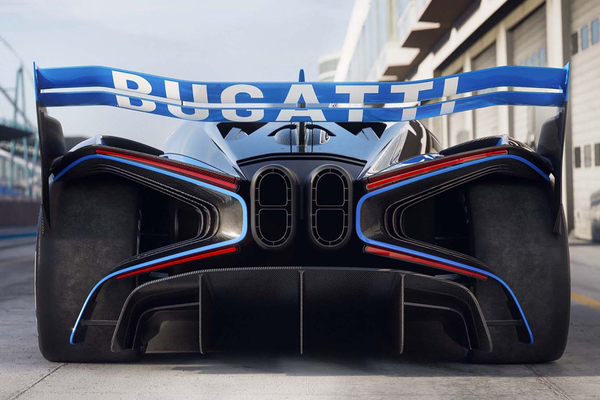Ferrari F80 Used Metal 3D Printing
Ferrari recently released its new limited edition F80 supercar. The Ferrari F80 will start production in 2025 and will be produced until 2027, coinciding with Ferrari's 80th anniversary. The car will be limited to 799 units, each priced at 3.6 million euros. Ferrari has revealed that it will use parts manufactured using metal 3D printing for the F80 suspension system. "The system features completely independent suspension actuated by four 48V electric motors, a double wishbone suspension layout, active inboard dampers and suspension arms created with 3D printing and additive manufacturing technology. This solution offers a number of advantages, such as an optimised layout, better corner control, reduced unsprung mass, no requirement for an anti-roll bar and the introduction of a dedicated camber angle correction function."
Metal 3D printing, also known as metal additive manufacturing, builds objects layer by layer from metal powders or wires using a high-powered laser or electron beam. It allows for the creation of complex geometries and intricate designs that would be difficult or impossible to achieve with traditional manufacturing techniques.
Thanks to the use of metal 3D printing to produce key components of the Ferrari F80 suspension system, these parts are not only lighter and stronger than traditionally manufactured parts but also have higher performance and durability. The precision of metal 3D printing ensures that each component fits perfectly, reducing the need for additional processing and assembly.

Image Source: Ferrari
Metal 3D Printing Plays an Important Role in the Automotive Industry
Metal 3D printing plays a vital role in the automotive industry by enabling the production of high-precision, lightweight and complex parts. It enables manufacturers to create innovative designs that improve vehicle performance, reduce weight and increase fuel efficiency. In addition, metal 3D printing accelerates the prototyping and production process, helping to shorten development cycles and improve sustainability by minimizing material waste. With its ability to efficiently produce durable, customized parts, metal 3D printing is revolutionizing the way automotive components are designed and manufactured, driving the development of both traditional and electric vehicles.

Image Source: Ferrari
Benefits of 3D Printed Car Parts
● Precision and Customization: Produces highly precise and customized parts, allowing for intricate designs and tailored components.
● Rapid Prototyping: Enables quick testing and iteration of designs, accelerating development cycles and reducing time-to-market.
● On-Demand Production: Reduces the need for large inventories, leading to cost savings and more efficient supply chains.
● Sustainability: Generates less waste compared to traditional manufacturing methods, supporting greener practices.
● Enhanced Innovation: Allows for the creation of parts that were previously impossible or too costly to manufacture, driving industry advancements.
● Weight Reduction: Creates lightweight parts without compromising strength, enhancing fuel efficiency and overall vehicle performance.
● Improved Mechanical Properties: 3D printed parts often exhibit excellent mechanical properties, such as high tensile strength and durability, making them suitable for demanding applications.
● Complex Geometries: Facilitates the production of parts with complex geometries that are difficult or impossible to achieve with traditional manufacturing methods.

Image Source: Ferrari
Metal 3D Printing Applications in Automotive
Engine Components
Metal 3D printing allows for the creation of intricate engine components with enhanced thermal and mechanical properties, including parts like turbochargers, cylinder heads, and pistons, which benefit from improved heat resistance and performance.
Suspension and Chassis Parts
As seen in the Ferrari F80, metal 3D printing is used to produce suspension and chassis components that offer better performance and durability. The ability to create complex geometries and integrate multiple functions into a single part reduces the need for additional components and assembly steps.
Exhaust Systems
Metal 3D printing enables the production of optimized exhaust systems that improve airflow and reduce weight, enabling the creation of intricate internal structures that enhance performance and meet stringent emission standards.
Heat Exchangers and Cooling Systems
The automotive industry leverages metal 3D printing to produce advanced heat exchangers and cooling systems with improved efficiency. The precise control over geometries allows for optimized thermal management solutions that are lighter and more effective.
Brake Components
Metal 3D printing can also be used to manufacture high-performance brake components that can withstand extreme conditions. Metal 3D printed brake calipers and rotors offer enhanced durability and performance, essential for high-speed and high-stress applications.
Interior and Exterior Customization
Metal 3D printing allows for the creation of unique interior and exterior components, such as custom trims, knobs, and decorative elements, which satisfies the growing demand for customization in the automotive market.
Metal 3D Printing Services at 3DSPRO
3DSPRO offers comprehensive Selective Laser Melting (SLM) 3D printing and post-processing services tailored specifically for the automotive industry. Our capabilities include custom component manufacturing, rapid prototyping, and low-volume production runs.
We work with a variety of materials, including titanium, stainless steel, aluminum, maraging steel, and nickel, to cater to different automotive part requirements. In addition, we offer over 20 types of surface finishing methods to enhance the quality and performance of 3D printed car parts.
With a strong focus on innovation and quality assurance, we collaborate closely with our clients to deliver customized solutions that improve vehicle performance and efficiency.
Get the cost of 3D printing auto parts here!
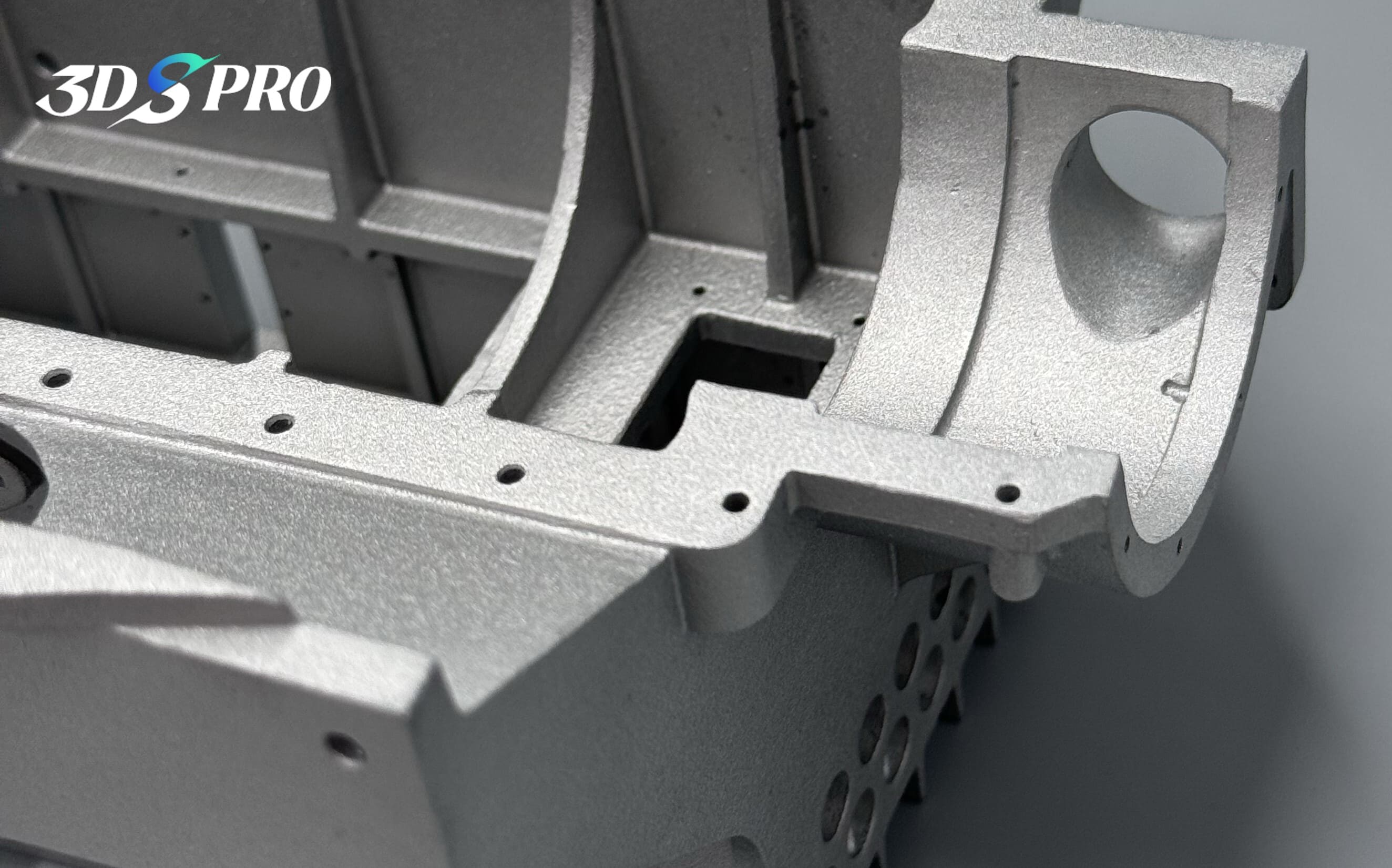
A SLM 3D Printed Car Prototype at 3DSPRO












